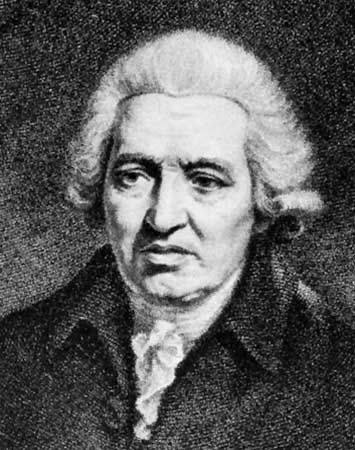smog
atmosphere
community-wide polluted air. Although the term is derived from the words smoke and fog, it is commonly used to describe the pall of automotive or industrial origin that lies over many cities, and its composition is variable (see video--> ). The term was probably first used in 1905 by H.A. Des Voeux to describe atmospheric conditions over many British towns. It was popularized in 1911 by Des Voeux's report to the Manchester Conference of the Smoke Abatement League of Great Britain on the more than 1,000 “smoke-fog” deaths that occurred in Glasgow and Edinburgh during the autumn of 1909.
). The term was probably first used in 1905 by H.A. Des Voeux to describe atmospheric conditions over many British towns. It was popularized in 1911 by Des Voeux's report to the Manchester Conference of the Smoke Abatement League of Great Britain on the more than 1,000 “smoke-fog” deaths that occurred in Glasgow and Edinburgh during the autumn of 1909.
 ). The term was probably first used in 1905 by H.A. Des Voeux to describe atmospheric conditions over many British towns. It was popularized in 1911 by Des Voeux's report to the Manchester Conference of the Smoke Abatement League of Great Britain on the more than 1,000 “smoke-fog” deaths that occurred in Glasgow and Edinburgh during the autumn of 1909.
). The term was probably first used in 1905 by H.A. Des Voeux to describe atmospheric conditions over many British towns. It was popularized in 1911 by Des Voeux's report to the Manchester Conference of the Smoke Abatement League of Great Britain on the more than 1,000 “smoke-fog” deaths that occurred in Glasgow and Edinburgh during the autumn of 1909.At least two distinct types of smog are recognized, sulfurous smog and photochemical smog. Sulfurous smog results from a high concentration of sulfur oxides in the air and is caused by the use of sulfur-bearing fossil fuels, particularly coal. This type of smog is aggravated by dampness and a high concentration of suspended particulate matter in the air.
Photochemical smog, which occurs most prominently in urban areas that have large numbers of automobiles, requires neither smoke nor fog. This type of smog has its origin in the nitrogen oxides and hydrocarbon vapours emitted by automobiles and other sources, which then undergo photochemical reactions in the lower atmosphere. The highly toxic gas ozone arises from the reaction of nitrogen oxides with hydrocarbon vapours in the presence of sunlight, and some nitrogen dioxide is produced from the reaction of nitrogen oxide with sunlight. The resulting smog causes a light brownish coloration of the atmosphere, reduced visibility, plant damage, irritation of the eyes, and respiratory distress.
- Sir Noël Coward
- sirocco
- Sirohi
- Sir Oliver Joseph Lodge
- Sir Osbert, 5th Baronet Sitwell
- Sir Osbert Lancaster
- Sir Osbert Sitwell, 5th Baronet
- Sir Oswald, 6th Baronet Mosley
- Sir Oswald Mosley, 6th Baronet
- Sir Owen Morgan Edwards
- Sir Owen Willans Richardson
- Sir Patrick, 2nd Baronet Hume
- Sir Patrick Abercrombie
- Sir Patrick Geddes
- Sir Patrick Hume, 2nd Baronet
- Sir Patrick Manson
- Sir Paul Gavrilovitch Vinogradoff
- Sir Paul McCartney
- Sir Paul M. Nurse
- Sir Percy Cox
- Sir Percy Elly, 4th Baronet Bates
- Sir Percy Elly Bates, 4th Baronet
- Sir Peter B. Medawar
- Sir Peter Buck
- Sir Peter Hall